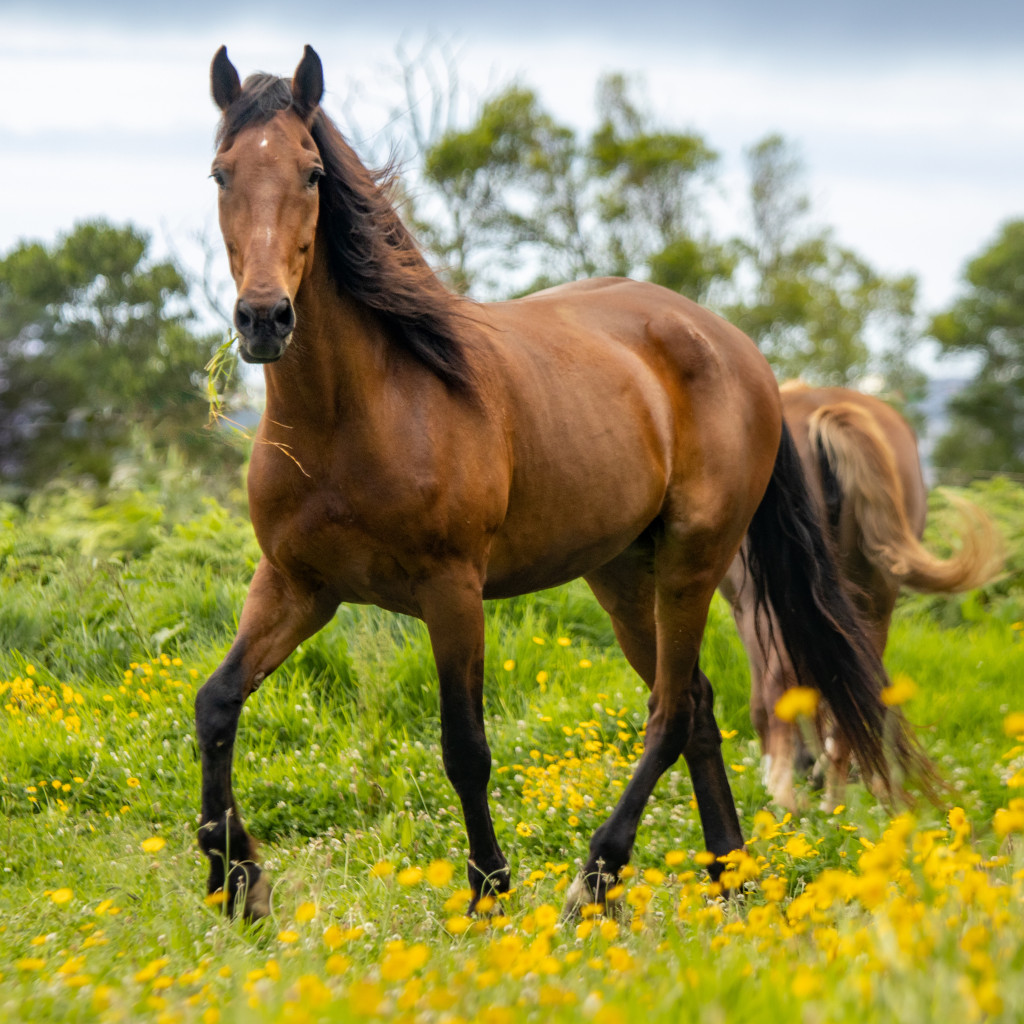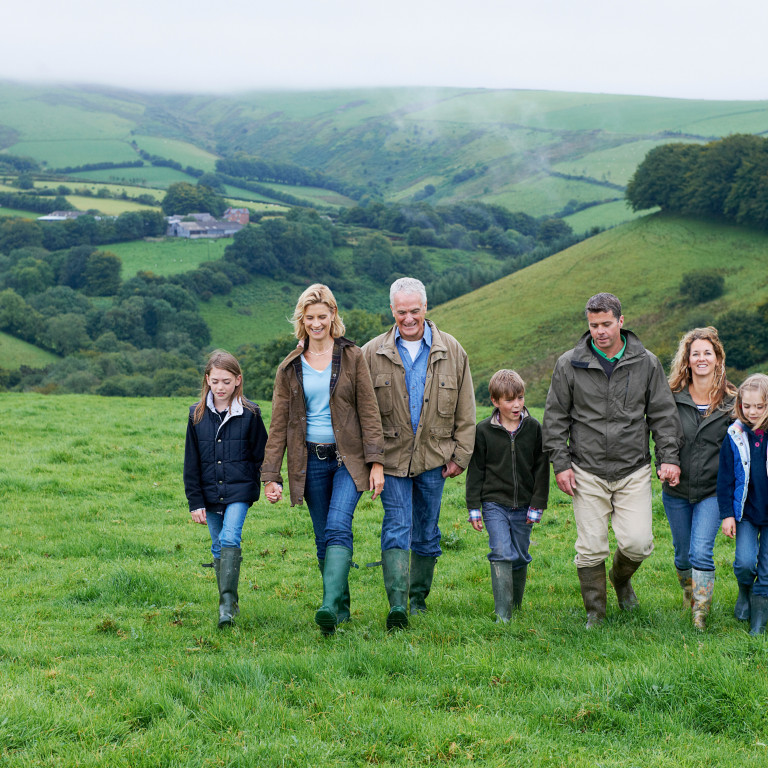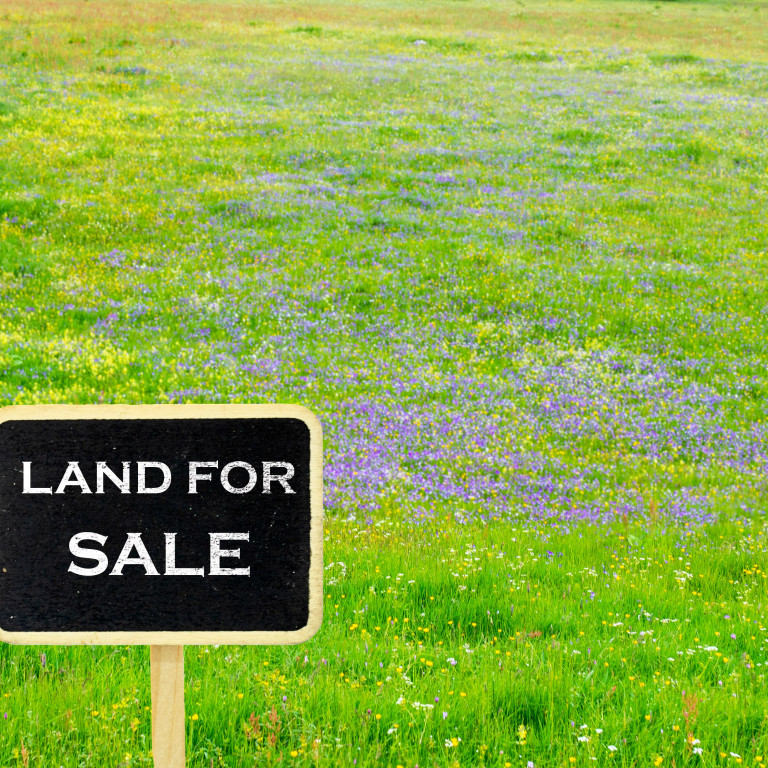As an animal owner, you may have thought about - or even experienced - your animals escaping and causing damage to property or even injuring someone. Have you ever worried about your liability for damage caused by your animals?
The Animals Act 1971
The Act is notoriously difficult to interpret and there have been calls for its reform. It draws a distinction between dangerous species and other animals which is fairly straightforward but in relation to non-dangerous species it then draws a distinction based on whether the animal was acting out of character. The Act imposes liability for damage caused to land, buildings or people provided all of the following apply:
a) The damage is of a kind which the animal, unless restrained, was likely to cause or which, if caused by the animal, was likely to be severe and
b) The likelihood of the damage (or of its being severe) was due to "characteristics of the animal which are not normally found in animals of the same species" or which are "not normally so found except at particular times or in particular circumstances" and
c) The characteristics were known to the keeper.
Some court decisions
- The leading case on the Act is that of the House of Lords in Mirvahedy v Henley, a Westcountry case from 2003 concerning an escaped horse which collided with a case causing serious injuries. The owner was held liable.
- However in another case a few years later, McKenny v Foster the Court of Appeal held the owner of a cow not liable for the death of a driver when the cow leapt over a six bar gate and collided with his car.
- The issue came before the Court of Appeal more recently in 2017 in Williams v Hawkes in which a Charolais steer jumped out of its field over a six-foot fence and collided with a car, causing serious injury to the driver and killing the steer. Having been bought at auction the day before the steer had been put in a securely fenced field with another steer and its behaviour monitored thought the day. The consensus was that something must have spooked the steer because it had jumped the six-foot high field fence and forced its way through several other fences and hedges before reaching the road. Despite the impeccable conduct of the farmer, the County Court held him liable. Charolais are known to be flighty and unpredictable when spooked - which amounted to a “particular characteristic”. He appealed to the Court of Appeal but his appeal failed. The Court said that there had to be a link between a) the damage a steer is likely to cause if unrestrained and b) the erratic behaviour it displayed after being spooked. It was decided that there was such a link: the damage (caused by a large heavy animal colliding with a car) was due to it having been spooked which led to it getting loose on the road at night in a state of panic.
This interpretation of the Act means that you can be liable for the damage your animals cause regardless of whether you are at fault. You may have done everything in your power to avoid problems – but still be held liable. The law is unclear and unpredictable. This may be a sobering thought.
You should also bear in mind that anyone who owns property next to a road has a separate statutory duty to take reasonable care to prevent animal escape and danger to road users.
Who is liable?
The Act focusses more on the animal ‘keeper’ than the true owner. A keeper can be the person who owns or is merely in possession of the animal. Where a person under the age of 16 owns the animal, the ‘head of the household’ to which they belong is the keeper. If the animal is not owned by anyone, the person in possession or who was last in possession may be the keeper. So the owner of a livery yard could be liable for the actions of all horses in their yard. What really matters is who was in control (or is supposed to be) at the time of the incident or escape.
Is there any chance of escaping liability?
Animal owners might be able to rely on one of the following defences:
• The damage caused is wholly the fault of the person suffering it – for example if someone interacted with an animal in an unacceptable or harsh way and was hurt by it in consequence.
• The risk was voluntarily accepted - for example if someone rode a horse on the road which they knew was afraid of cars and was injured due to the horse reacting to traffic.
• The damage is caused to a person trespassing on the keeper’s land if the animal that caused damage was not kept for the protection of the person or the keeping the animal for protection was not unreasonable – this would apply to walkers and sometimes to burglars.
How can you minimise the risk of liability?
It is vital to carry adequate Public Liability Insurance. If you have an incident which may be within your cover you should check your policy and notify your insurers promptly But remember that whilst liability for damage caused by escaping animals may be covered by your policy, any claim is likely to increase your future insurance premiums so you will still wish to minimise the risk of liability.
Here are just a few tips:
- You should ensure that your animals are kept in fields with adequate fencing, especially close to public roads.
- If you have, say, a particularly lively group of cows that could spook easily, it may be sensible to keep them well away from public areas.
- If someone is going to handle or ride your horse – perhaps you may be selling it – you should make them aware of any quirks which could lead to injury.
- Be aware that there are circumstances in which your animals might behave in a way they would not normally behave but which you could predict – fireworks related occasions spring to mind.
These issues are a fact of life in the countryside. We at Tozers are experienced in dealing not only with animal related claims but also with claims avoidance. We are here to help if you need advice.






